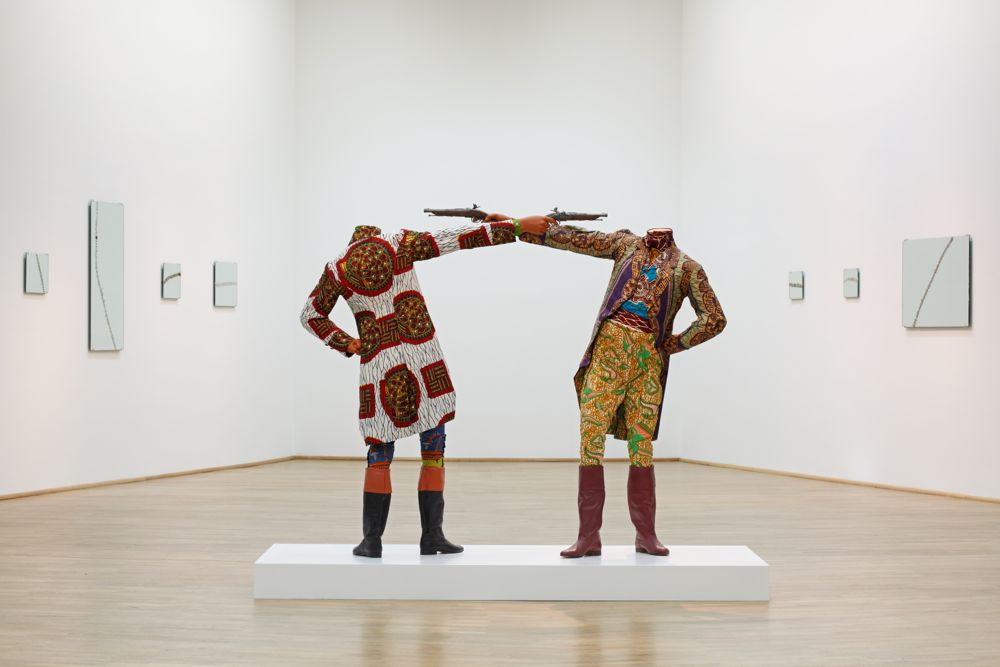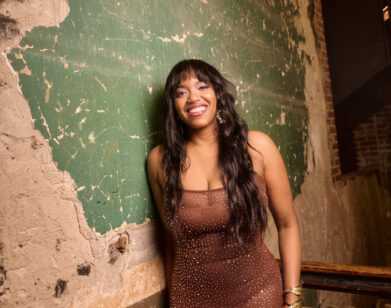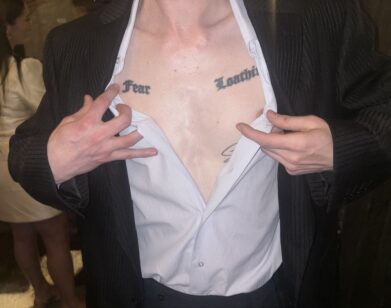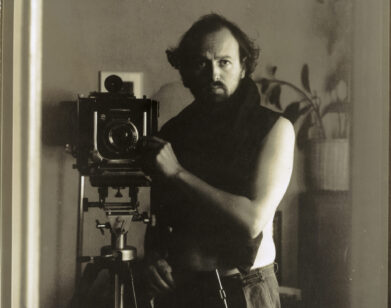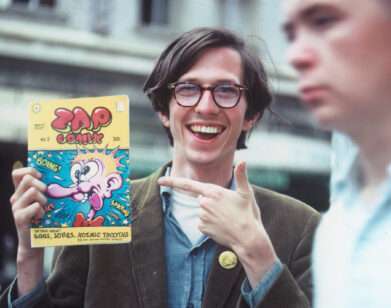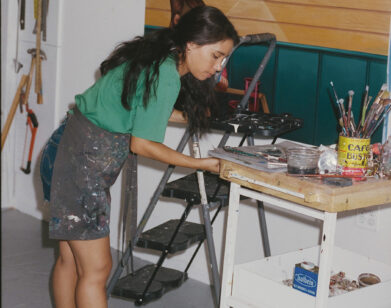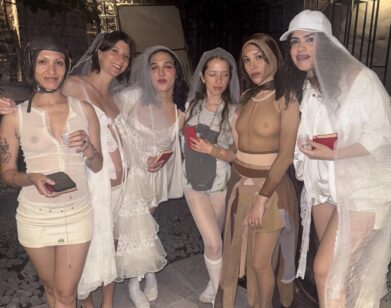The Collective Afterlife
“This is not an African exhibition, this is an exhibition of contemporary art where artists have an African connection,” says Simon Njami of “The Divine Comedy: Heaven, Purgatory, and Hell Revisited,” the newest exhibition at Savannah College of Art and Design’s Museum of Art. “This is not about Dante, this is about a collective afterlife—to show that heaven, purgatory, and hell belong to everyone,” he continues.
“The Divine Comedy, ” which began in Frankfurt at the Museum für Moderne Kunst earlier this year and will continue to the Smithsonian in April, presents the varied works of African artists and artists of the African diaspora in conversation with Dante Alighieri’s three part epic poem of the same title. Guest curated by Njami, a well-known critic, writer, and independent curator who co-curated the first African Pavilion at the 52nd Venice Biennale, it serves as a means of updating Dante’s 14th-century imagining of the afterlife. Njami critically aims to make eternity more universal through myriad international artistic perspectives. He divides the exhibition, the largest in the SCAD Museum’s history, into three distinct stages—heaven, purgatory, and hell—mirroring the three stages of The Divine Comedy. Each is discernible by the appearance of one of three colors: white for heaven, red for purgatory, black for hell; all tied to the study of alchemy, a proto-scientific investigation of the metaphysical. Quotes from Dante’s epic, selected by Njami, also signal one’s advance through this transcendental visual journey, so that viewers know “what is awaiting them.”
Njami incorporates pieces by well-known African artists such as Jane Alexander, Yinka Shonibare, and Wangechi Mutu; as well as works by many other long practicing artists including Joël Andrianomearisoa, Dimitri Fagbohoun, Mwangi Hutter, and Moataz Nasr. The pieces display do not always directly deal with religion or life after death, but instead mediate on what is eternal and universal to the human experience. Shonibare’s How To Blow Up Two Heads At Once (Gentlemen), part of the heaven section, is a contemporary reimagining of a historical Western dual with both anonymous figures dressed in traditional African prints, and provides commentary on the full range of human emotion. In contrast, Nasr’s Dome, part of hell, is an inviting structural form, illuminated with internal warmth, but with border of broken glass representing both the inaccessibility of and disillusionment with the most primal comforts. Even works that do directly contemplate religious themes, such as Fagbohoun’s Réfrigerium, an altered confession booth with an internal video work, do so on deeply personal terms that move beyond an individual spiritual understanding, and speak more to what it means to be human and mortal in modernity.
“THE DIVINE COMEDY: HEAVEN, PURGATORY, AND HELL” REVISITED IS CURRENTLY ON DISPLAY AT THE SCAD MUSEUM OF ART IN SAVANNAH, GEORGIA, THROUGH JANUARY 25, 2015. FOR MORE INFORMATION, PLEASE VISIT THE SCAD WEBSITE.

